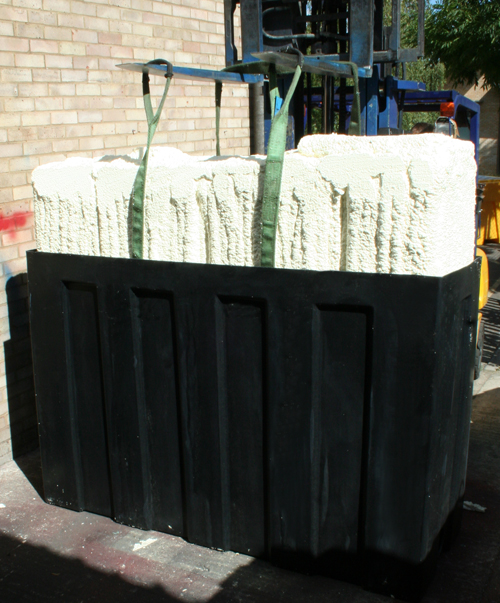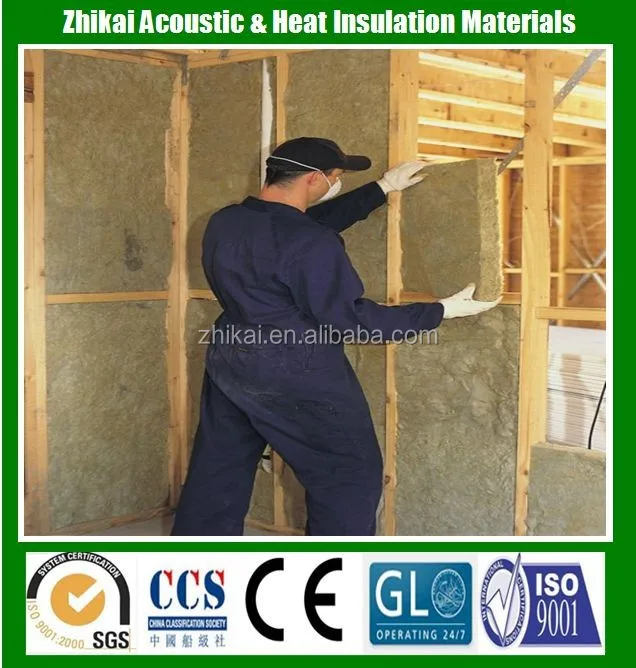
The insulation also works well but it comes with many drawbacks.įor starters, fiberglass insulation does not hold up well under wet conditions. This type of insulation is inexpensive and easy to install. Many older campers used fiberglass insulation within their walls as well as their ceilings. In fact, recommends that people adding insulation to their attics should bring the R-value all the way up to 60. this is high for a camper but low when compared to a house.įor example, most homes in the northeastern part of the United States have an R-value above 40 in their ceilings. Typically, a heavy insulated camper will have an R-value of 10 on the walls and an R-value of 20 in the ceiling. This is especially advantageous in camper walls as it makes them less susceptible to harm from condensation.įoam board insulation in campers can come in R-values as low 5 and as high as 20. The advantage of foam board insulation is that it is both water and fire resistant. These panels can also be laid alongside the ribs of the camper’s walls and along the ceiling panels as well. This insulation comes in the form of foam panels which are often built into the camper’s walls and ceilings. 2) Foam Board Insulationįoam board insulation is the most common type of insulation used in camper walls and ceilings today. These campers also have insulation in the floor so the spray foam adds to this existing layer which raises the R-value of the camper. They believe that this helps keep the pipes and the tanks from freezing and helps to keep the camper warmer in the winter. The Forest River camper company has been using spray foam insulation on the undercarriage for several years now. This helps provide a layer of insulation around the water tanks and under the floor of the camper.

I currently do not know of any manufacturers that are using this in their walls or ceilings but some RV manufacturers are using it underneath of their campers. This type of insulation is highly efficient as it can expand to reach every nook and cranny of a camper. Spray foam insulation is an insulation that is created using a combination of two different chemicals which harden after the chemicals are applied. Let’s get started! 1) Spray Foam Insulation In this post, we’ll go over professionally manufactured campers and their insulating materials rather than the DIY types you might find elsewhere. This being said, many DIY campers are built using natural insulating materials like denim, flax, and hemp. The most popular types are foam insulation and fiberglass insulation. Types of Insulation Used In CampersĬampers make use of a few different types of insulating materials.
Cold weather wall insulation install#
Because of this, some insulations and insulation install work better than others. Any gap in insulation can reduce its effectiveness. The way insulation is placed into the camper also affects its effectiveness. R-value can be affected by the thickness of the material and the density of the insulating material. In essence, the higher the R-value, the more efficient the insulating material is at insulating. Insulation is rated based off of it’s R-value.Īccording to, R-value is the “insulating material’s resistance to conductive heat flow rated in terms of its thermal resistance”. Short Introduction To Insulation Basicsĭifferent types of campers will use different types of insulation.īefore we can talk about the quality of insulation in campers, we need to first go over the basics of insulation. You’d probably want to buy one that has a large amount of insulation in its walls and ceiling as well as its floor.

If you’re in the market for a camper that you can use all year long (in cold weather) you’ll need to pay close attention. Some campers are much more suited to cold weather compared to others.
Cold weather wall insulation how to#


 0 kommentar(er)
0 kommentar(er)
